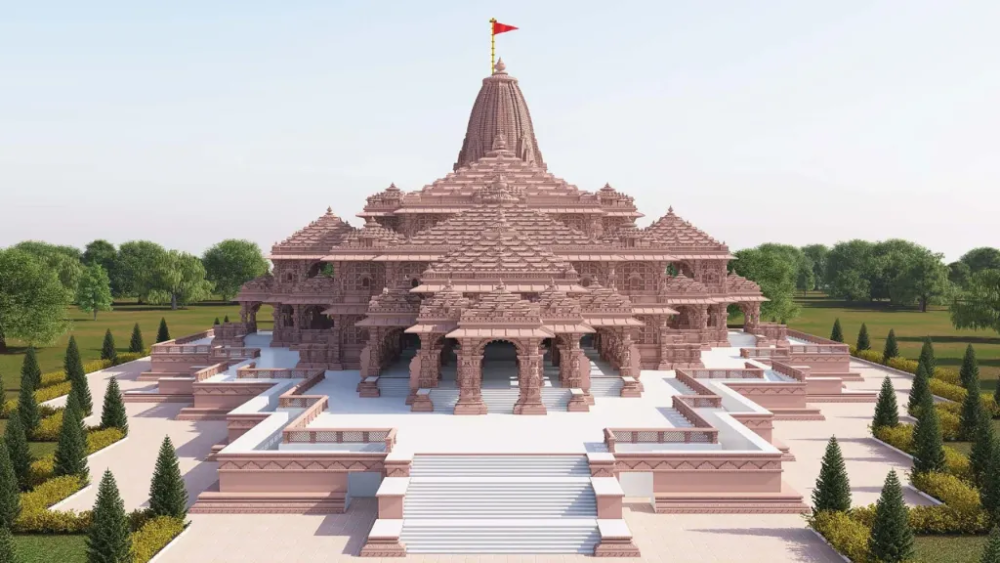

Ayodhya, believed to be the birthplace of Lord Rama, has been a focal point of faith and spirituality for thousands of years. The city is mentioned in various ancient texts, most notably in the epic Ramayana. Pilgrims have been traveling to Ayodhya since time immemorial, making its history intertwined with that of religious tourism in India. The ancient significance of Ayodhya brought countless sages, saints, and seekers to its sacred grounds, cementing its status as a site of pilgrimage.
During the medieval period, Ayodhya witnessed a decline as a major religious center due to various socio-political changes. Despite this, the city never lost its importance among the devotees of Lord Rama and continued to attract pilgrims. It was during this era that the Mughal rule in India saw the construction of various mosques and other structures over existing temples, which shifted the religious dynamics of Ayodhya.
The arrival of British colonial rule brought new administrative systems and an increase in scholarly interest in India's past, which put Ayodhya back on the map as a historic and cultural site. This period witnessed some restoration of Hindu religious sites and a renewed interest in India's spiritual heritage.
In the 20th and 21st centuries, Ayodhya became the epicenter of a major political and social movement regarding the dispute between Hindu and Muslim religious groups over the sacred site. The resolution of this dispute is leading to the construction of a grand temple dedicated to Lord Rama. With this development, Ayodhya has seen a significant increase in domestic as well as international tourism.
Currently, Ayodhya is experiencing a resurgence in its tourism sector. With the government focusing on the city for its cultural and religious significance, there is a substantial investment in infrastructure and tourist facilities around the area. Events like Deepotsav, where the city celebrates Diwali by lighting lakhs of earthen lamps, have further put Ayodhya in the limelight and have attracted tourists from all over the globe. The city is expecting to witness a massive upsurge in religious tourism once the Ram Temple construction is complete.
Looking towards the future, Ayodhya's tourism industry is poised for growth, with plans underway for improving connectivity, accommodation, and other tourist amenities. The city is likely to evolve into a major cultural hub with an emphasis on eco-friendly and sustainable tourism practices, preserving its ancient heritage while catering to contemporary tourist expectations.